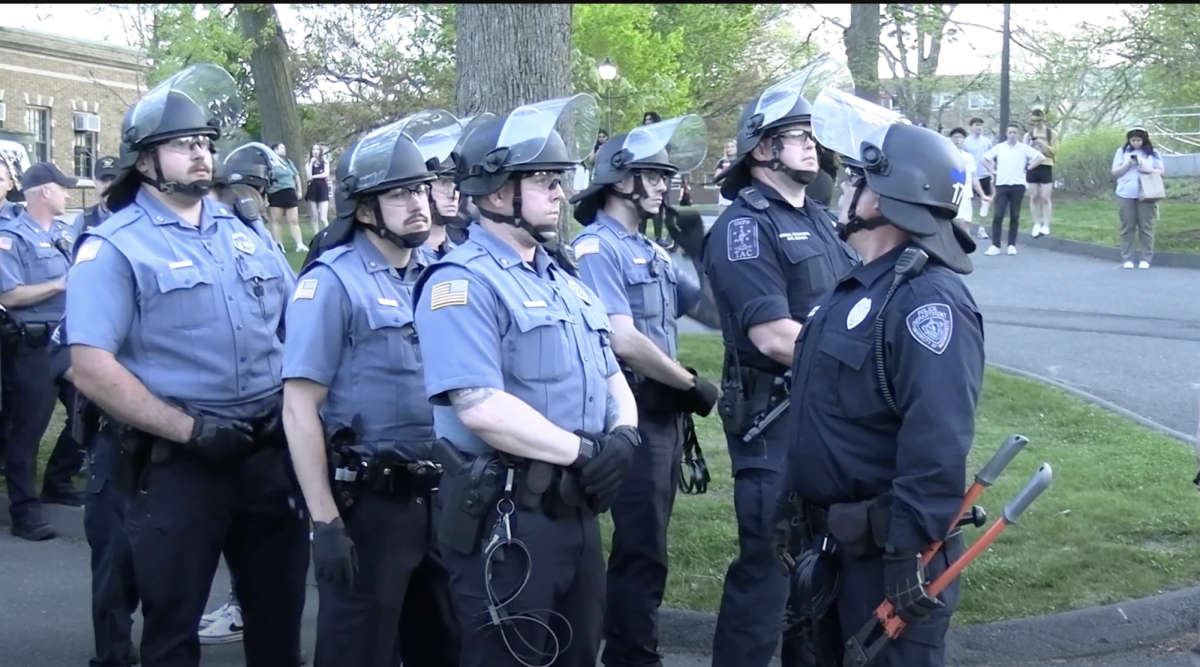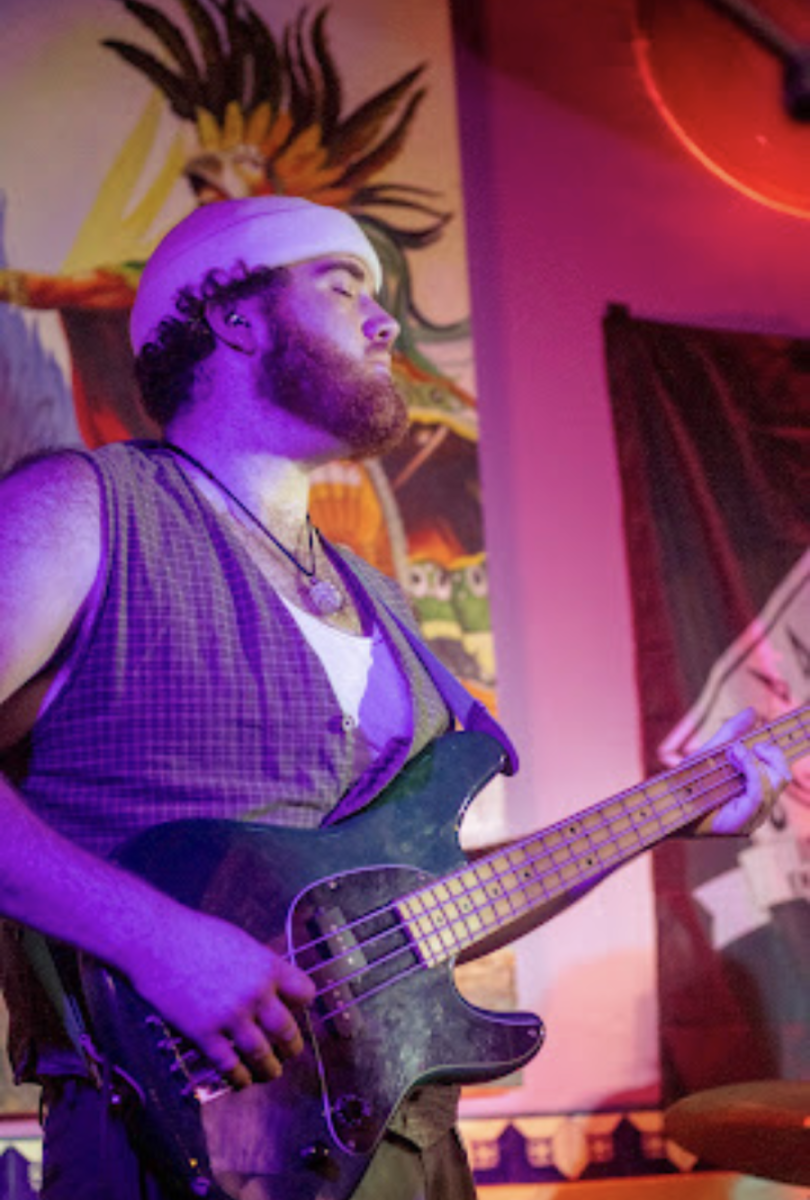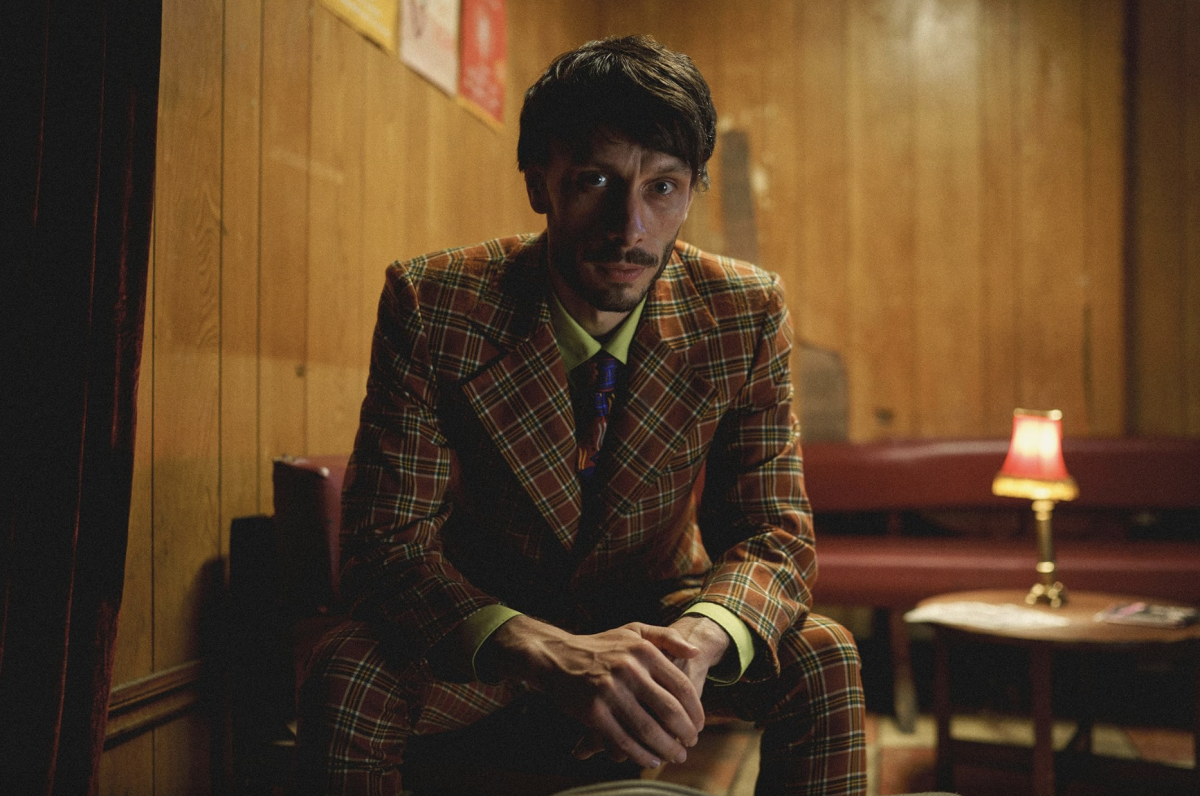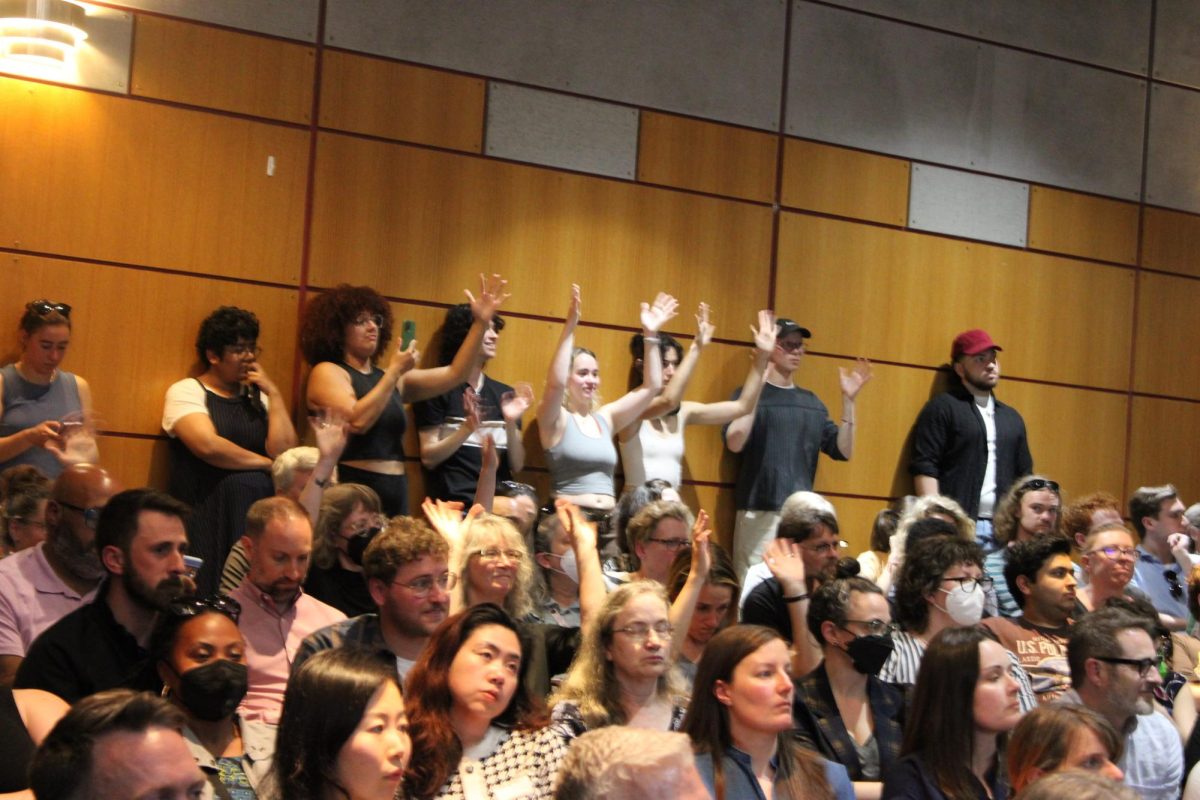By Reid Davenport
Collegian Columnist
SEATTLE – Nintendo of America gave the opportunity of a lifetime to 23 of their college contacts from all over America by giving them an in-depth look at Nintendo’s home base last Friday.
This event is the first of what is to be an annual event in which students in journalism and other majors will be flown to Nintendo to see the newest technology. The event included a stay at the Marqueen Hotel, breakfasts and dinners, and a grand tour of Nintendo. It gave college students a look inside the company and a chance to put their names in the hat for a career with Nintendo after graduation.
Twenty-three students arrived by plane from states as far away as Connecticut, California, Oklahoma, Nevada, and Mississippi to see the company firsthand after covering Nintendo games in their respective papers.The event began Thursday as students were hopping on planes to fly out to Seattle’s Tacoma airport at Nintendo’s expense. The group stayed at the Marqueen Hotel on 600 Queen Anne Ave N. The hotel, built in the early 1900s, was an experience in itself. Students were given the opportunity to rest in rooms that kept the apartment feel that they were originally intended for.
The first evening was spent getting to know each other over dinner at a fancy restaurant called 10 Mercer. The $15 voucher allowed the guys to try a few tasty meals that would normally require a college student to take out a second loan.
After a restful slumber that night, we gathered and met up with Katie Beck, the associate accountant executive for Golin/Harris, Nintendo’s human relations affiliate. She was a young lady who fell into the job by a random chance. Before her job she had never been a video gamer, but once she began working with Nintendo she could not stop playing. She admitted that “F-Zero GX” is her game of choice at the moment and she plays it every chance she gets. Even in her office in Los Angeles.
As the group gathered in the main lobby and began swapping names, stories, and e-mails we crammed into a few shuttle buses to head to Nintendo. After a short drive over the highway we reached Nintendo Headquarters, which was ironically 20 feet away from the Microsoft building. The building was not an over elaborate display outside, but the interior is a whole different story. When walking up to the second floor of Nintendo you get an overwhelming feeling of nostalgia as you see some of the titles you grew up with.
The front lobby was like any other office, with the exception of a Gamecube demo set-up in the waiting area. After getting a few introductions to staff members who were going to be spending the entire day with us, the group was introduced to the next level.
The next level was up a short flight of stairs and everyone’s eyes bulged and jaws dropped at the sight. There was the classic “Donkey Kong,” “Mario Bros.,” and the new “F-Zero” arcade machines.
The “N64” room contained four televisions on each sidewall and one in the front and back. We were introduced to Tom Harlin, the personal relations spokesman for Nintendo. He gave us a run down of how the day would go and took a few quick questions, some serious and some that were humorous.
The video game industry is a $10 billion industry and is just as big, if not bigger, than the entertainment industry, he said. The best-selling video game can make the same amount of money that the biggest box office hits make.
While Nintendo are half a million console sales behind Microsoft’s X-Box, they are ahead of them in software sales. Nintendo doesn’t depend on third party publishers, like Capcom and Konami, as much as the others do, but the third parties help Nintendo reach some older gamers. Nintendo and Electronic Arts are the top two publishers in America and Sony almost never reaches the top five.
After his speech, the big topic he addressed was a rumor that Nintendo stopped production on Gamecube because they are planning to release a new console. The rumor was a miscommunication with the press and Nintendo, he said. Nintendo found that many stores had too many copies of the Gamecube and stopped having them shipped over because there was no room for them. However, after the price dropped to $99 a system, stores were demanding a large amount of the systems and the system tripled in sales.
Another question was asked about how healthy Nintendo’s handheld systems market was. Tom explained that Nintendo controls about 98-99 percent of the handheld market, so the new release of “N-Gage” by Nokia doesn’t bother them in the least because they already have a firm grip on the market.
The more humorous question was if there would be a “The Wizard 2” movie. The original film starred Fred Savage as a boy trying to prove that his little brother, Jimmy, didn’t belong in a special needs home. Jimmy would go on to win a Nintendo gaming contest by beating “Super Mario Bros. 3” which was introduced to video gamers via the movie. Tom’s reaction was that Nintendo had lost money on movies, the “Mario Bros.” movie being the biggest example, and they wish to stick to video games since it’s what they know best. This included shooting down any possibility of a “Legend of Zelda” movie any time soon.
The group was then split up. The first half of us started off taking the stroll down memory lane. We were shown the very first Nintendo games, such as the old black and white 3×4″ handhelds and card games that were made when Nintendo was first created approximately 100 years ago. Next there was the original Japanese version of the NES called “Famicom” that was a small maroon and beige colored system. Next were the nostalgic cases containing “R.O.B.,” a robot accessory for the NES, along with every Nintendo system ever made.
The next part of the tour was the wallet breaking employee store. They had Nintendo games that were much more affordable than in any regular store. The most popular buys were refurbished games that were around $15 each and mini remote control “Mario Kart” racers. Most of the items were not available to the public, so most of us ended up spending close to $100 in the store before moving on to the different offices at Nintendo.
The group warped their way over to the main office building, in which we got a chance to try out the latest titles on the available stations before moving on to see the development department. Each office is named after a game character or object. The main thinking and creating room was the “Mother Brain” and the next room was “1-Up.” We got to see the door to the testing room, but that is a restricted area for visitors.
Following a short lunch break, the group took a short walk over to DigiPen, America’s top video game school. We were given a quick tour by Professor Raymond Yan and got a chance to see how difficult the classes were. The only two options a student gets at DigiPen are to either program or do 3D models. Both require students to take classes six days a week and spend more than 10 hours a day doing projects and taking classes. Raymond also noted that their students do not go only to Nintendo, but many have gone to work for other gaming companies.
After the tour of DigiPen, the group got back together at Nintendo and was introduced to Bill Trinen, Nate Bihildorff, Rich Amtower, and Tim O’Leary. These guys are the ones who take a game sent over from Nintendo Japan and translate it for American audiences. They showed off their latest project “Mario ‘ Luigi: Superstar Saga.” It’s a new role-playing game for the Game Boy-SP that involves some button mashing in fights and introduces a new kingdom to players.
The team of four explained how they had to clean up some of the language to make this suitable for U.S. audiences. They jumped from the Mario game over to “Animal Crossing,” which took them nine months to complete. It was a longer game because they had to change characters and translate dialogue to fit an American audience. An example was a mythical character from the J
apanese version would not make sense to an American audience, so they had to change the character completely. They did such a good job at renovating the game that Japan actually took the American version as a basis for a sequel.
The second new game they jumped into was “Fire Emblem” for GBA-SP. This is another role-playing game, but involves more thought than most other games. The game brings a new twist to RPGs, because if your character dies, they are gone for good. You have to build up your characters and keep them all healthy. It looks to be one of the bigger titles to be released for the GBA-SP this year.
The final two games we were shown were “1080* Avalanche” and the highly anticipated “Mario Kart Double Dash.” “1080*,” when it was released for the N64, was the first 3D snowboarding game ever. Nintendo has kicked it up a few notches for their Gamecube version with better graphics and realistic game play. They said not to expect to do arcade style tricks, but rather do things that are actually possible to pull off, with the exception of outracing an avalanche.
“Mario Kart Double Dash” was mind blowing. The developers had added new characters and features to the game to provide hours of game play. The new buddy system allows two players to control a single kart. There is also a setting that allows you to use LAN play, in which you can play on four separate TVs instead of split screen.
Next came the game testing. We were allowed to test any of the newest titles they had available. Games include the ones mentioned above along with “Viewtiful Joe,” “Rouge Ops,” “Teenage Mutant Ninja Turtles,” and out on the display floor there was an “F-Zero GX” arcade game that we could test run.
Most of the games proved to be as big as they were built up to be. “Mario ‘ Luigi Superstar Saga” and “1080*” were said to be disappointments by most of the group. Mario simply didn’t have the game play to keep most of us entertained and 1080*’s realism bored testers.
The group was brought to order one more time for a huge “Mario Kart Double Dash” tournament. After a few rounds, Nathan Alday from MSU, pulled off the first place victory and received a GBA-SP with “Mario Advanced 4: Super Mario Bros. 3.” Second place winner, Kyle Orland from the University of Maryland, was also given the same prize package. It was an exciting battle that came down to last second item uses that lead to victory for some and sent others to go back to their game testing.
The following morning the group said their goodbyes and took the shuttles to the airport. It was hard to leave Seattle and Nintendo behind, but we all hoped we would be back again some day.






